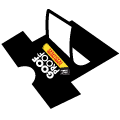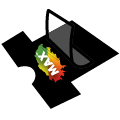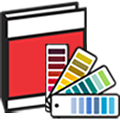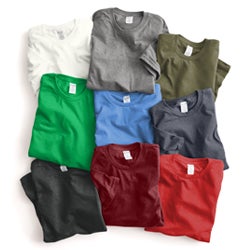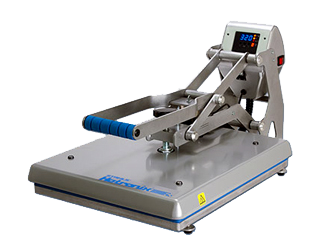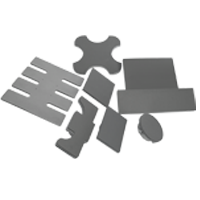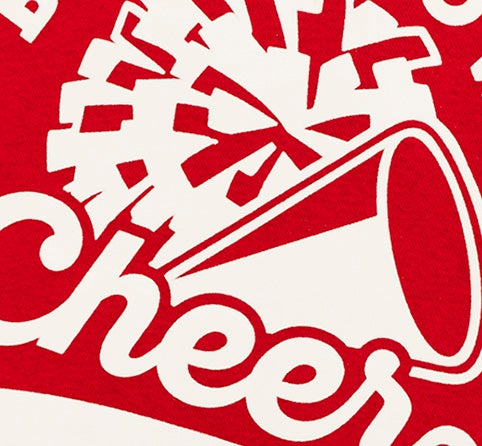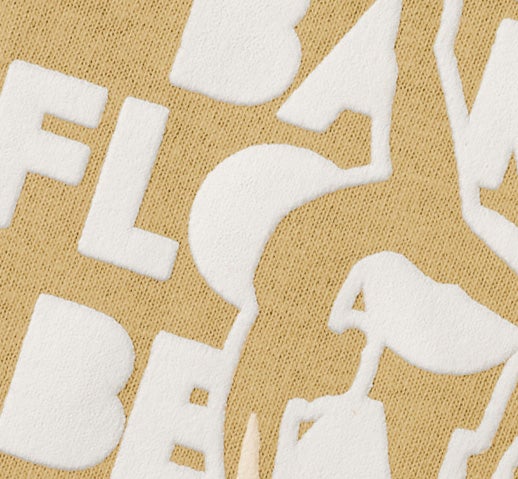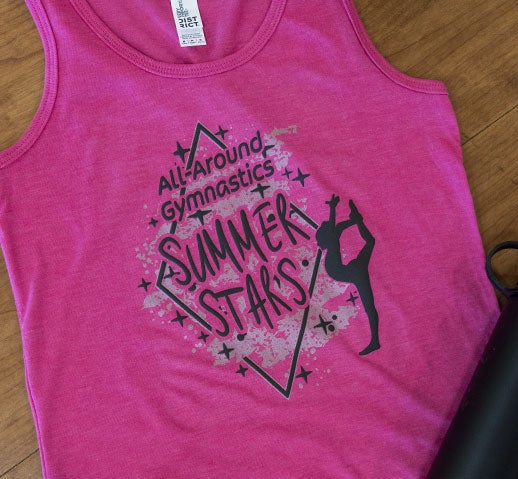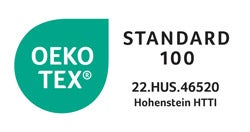Puff Screen Printed Transfers
Create 3-D raised effect.
When applied with a heat press, puff ink gives the design a unique raised look and feel. Request a Puff sample.
- Great for fashion apparel
- Available in 15 Puff ink colors: Black, White, Yellow, Gold, Orange, Coral, Pink, Red, Lavender, Purple, Denim, Mint, Teal, Green, Brown (see color swatches below)
- 1 Puff color per design, but can be mixed with any of the 70 stock ink colors for a multi-color design
- Looks best with large designs
- Recommended fabrics: cotton and cotton/poly blends
- Get instant pricing with the Screen Print Price Calculator.
Get Started
Start Designing in Easy View Send Us Your ArtworkPuff Inks
Artwork Guidelines
Screen printed transfers require vector artwork.
You can send us vector artwork and we can print it as is or with adjustments.
You can send us raster artwork that we will redraw/convert to vector.
Send us the best artwork that you have.
1. Size: Maximum is 11.25″ x 14″. Although not required, it is a good idea to send us your file at the size you want it printed.
2. Text: Convert all text to curves/outlines before sending.
3. Colors: We use spot colors for screen printing. You can use spot colors when creating art, but it is not required. Use consistent colors in your file.
4. Line Thickness: minimum of .012″ for printed areas. (This may need to be increased for non-puff colors printed next to a puff color.) Be aware that Puff will increase the printed line thickness. A line that is .023" will puff up to become .05" in the applied transfer.
5. Show-Thru Thickness: minimum of .12″ for non-printing areas
6. Special effects: Some special effects such as fades and shading can’t be produced with screen printing. Consider digital transfers if your art contains these.
We accept the following file types:
.AI, .JPE, .JPEG, .JPG, .PDF, .PNG, .PSD, .SVG, .TIF, .TIFF, .TXT
- Adobe Illustrator® - all versions
- Adobe Acrobat® (PDF) - all versions
- Jpgs (photos) - we will redraw these types of files in a vector format
- Photoshop® - all versions
Tips / Application
Pre-Production
Please check transfers carefully before heat-applying.
Set Temperature
Set the press to 360 - 370°F
Pre-Heat Garment
First, remove the Quick Slip Pad Protector if one is on your press. Place the garment on platen, and pre-press for 5 seconds to remove all moisture from the garment. Ensure there are no obstructions such as buttons, pockets, or seams. If there are, raise only the print area with a Print Perfect Pad.
Position & Press
Place the transfer on the garment.
For single color Puff transfers, close the heat press and heat for 5 seconds.
For multi-color Puff transfers, close the heat press and heat for 10 seconds.
Peel Hot
Open the press and peel the carrier in a smooth, even motion.
Note: The recommended time, temperature, and pressure settings are for Stahls' Hotronix® heat press machines. Settings on other heat presses may vary.
-

Time
Single Color: 5 Seconds; Multi-Color: 10 Seconds
-

Temperature
360 - 370°F
-

Pressure
Medium/Firm 6-8 (60-80 psi)
-

Peel
Hot
Questions
Are Puff screen printed transfers available in multi color?
Puff transfers are available as a multi color design by mixing one Puff color with any of the other stock plastisol ink colors.
Is it important to use the correct pressure when applying designs to apparel?
The key to proper application is the correct time, temperature and pressure for the material you are heat applying. If you have too much pressure, it may result in strikethrough. Not enough pressure may affect the material's adhesion.

